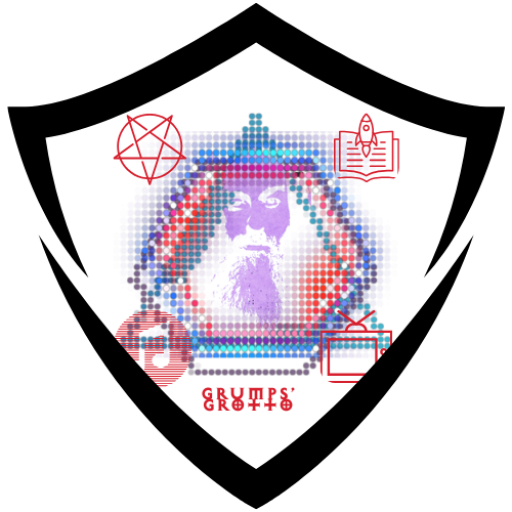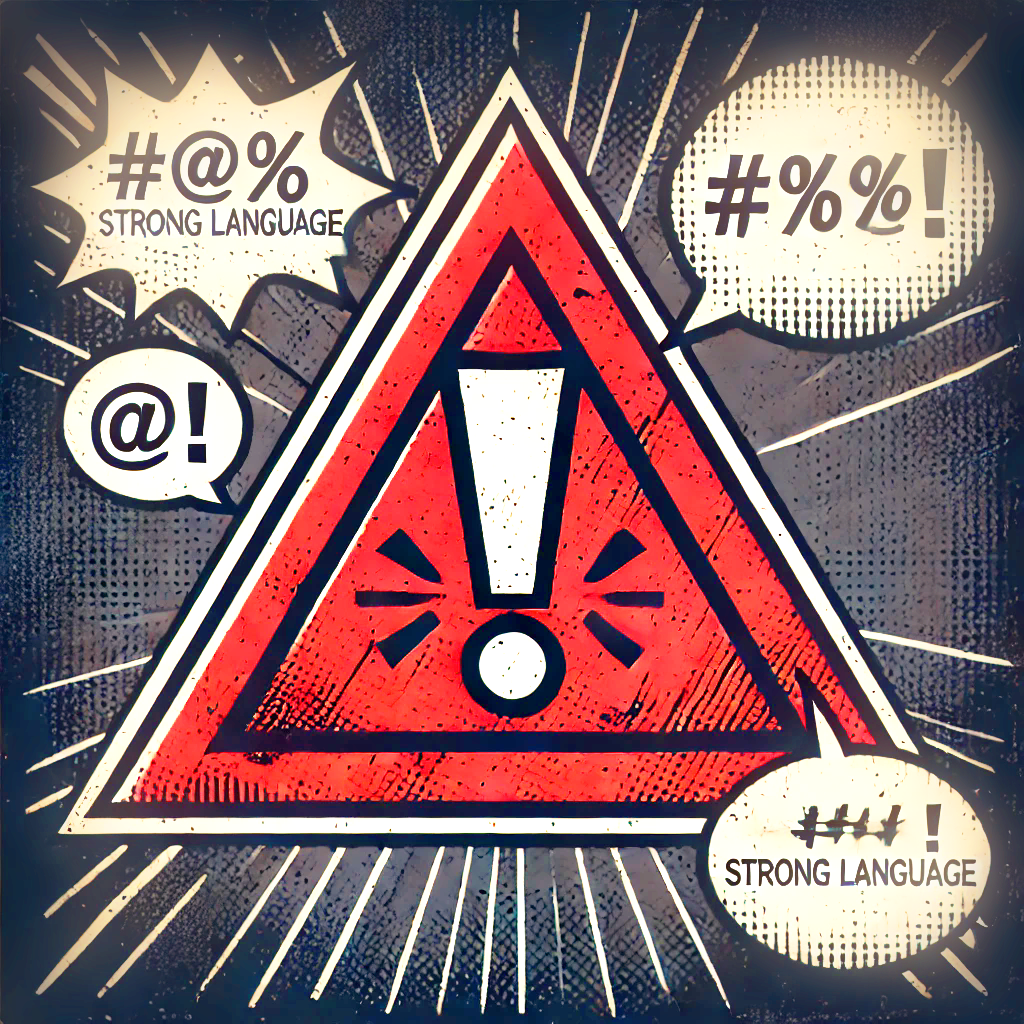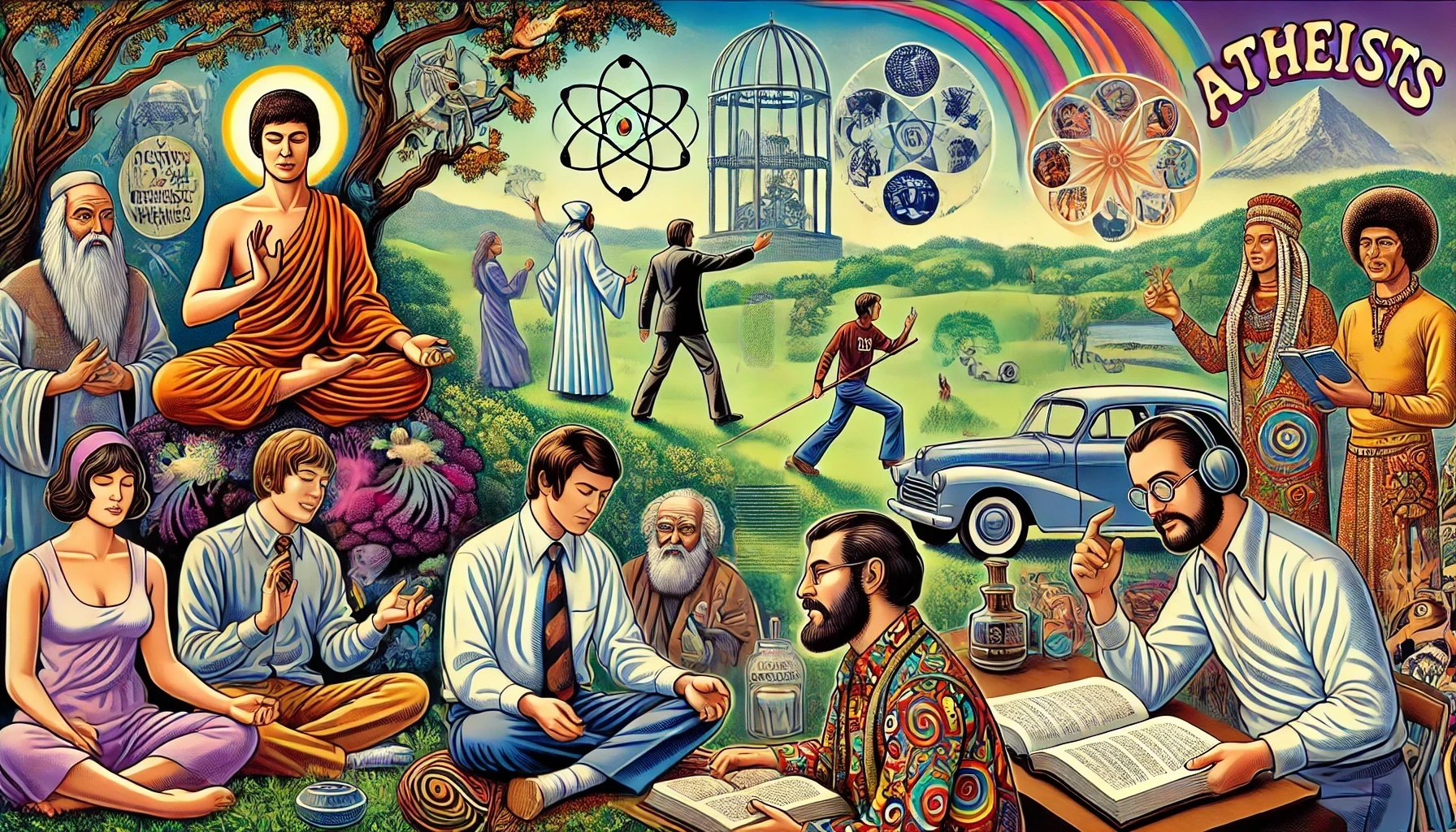Atheists Are a Homogeneous Group
The notion that atheists form a homogeneous group is as absurd as it is persistent. This idea, cherished by those who prefer their categories neat and their boxes checked, ignores the rich diversity within atheism. Let’s dismantle this convenient delusion with the precision of a surgeon and the clarity of an astute observer.
Big Think categorizes atheists into three groups: the nonreligious, the nonbelievers, and the agnostic. This list, while not exhaustive, highlights the most common beliefs within atheism. It’s a simple taxonomy that reveals a complex reality: atheists are anything but monolithic.
First, let’s consider the nonreligious. These individuals might reject organized religion but still engage in spiritual or philosophical practices. They find meaning in meditation, nature, or personal reflection. Their rejection of traditional religious structures doesn’t equate to a lack of depth or introspection. It’s a refusal to be bound by dogma, not a void of belief.
Then we have the nonbelievers, those who categorically reject the existence of deities. This group often gets the spotlight, painted with broad strokes as militant or strident. Yet, within this category, there’s a spectrum of political views, from libertarian to socialist, and philosophical beliefs, from humanism to nihilism. The nonbelievers are united in their skepticism of the divine, but their paths diverge wildly beyond that point.
The agnostics, those who maintain that the existence of a higher power is unknown or unknowable, add another layer of complexity. They sit on the fence, often mischaracterized as indecisive or apathetic. In reality, agnostics embody a thoughtful humility, acknowledging the limits of human knowledge. Their stance is not one of ambivalence but of philosophical rigor.
This tripartite categorization already showcases a diversity of thought. But let’s go further. Within each of these categories lies a kaleidoscope of personal values and experiences. A nonbeliever in rural America might have vastly different concerns and motivations than a nonbeliever in urban Europe. A nonreligious person who practices mindfulness meditation might share little in common with a nonreligious person who finds solace in existential philosophy.
Political views among atheists span the entire spectrum. There are atheists who advocate for secular humanism, emphasizing ethics and compassion without divine oversight. Others align with libertarian ideals, championing individual freedom and skepticism of authority. Still, others are drawn to socialist principles, seeking to address inequality and injustice through collective action. The political diversity within atheism defies the simplistic label of homogeneity.
Philosophical beliefs among atheists are equally varied. Some embrace existentialism, finding meaning in the human experience itself. Others adopt a more scientific worldview, grounding their understanding of the universe in empirical evidence and rational inquiry. There are atheists who draw from Eastern philosophies, incorporating elements of Buddhism or Taoism into their worldview. The tapestry of atheist thought is woven with threads from countless traditions and ideas.
Personal values, too, reflect this diversity. Compassion, integrity, and curiosity are values that can be found across the atheist spectrum, but they manifest in myriad ways. One atheist might dedicate their life to scientific research, another to social activism, and yet another to artistic expression. The common thread is not a shared set of beliefs but a commitment to living authentically and thoughtfully.
In conclusion, the idea that atheists are a homogeneous group is a convenient fiction. It’s a narrative that simplifies a complex reality, reducing a rich tapestry of beliefs, values, and experiences to a single thread. Atheists are united not by a monolithic belief system but by a shared commitment to questioning, exploring, and understanding the world in their own ways.
Hail to the diversity of thought. Hail to the richness of human experience. And, as always, Hail Satan!

Darth Grumps
Grumps is the name most folks recognize him by on TikTok, Discord, and various other corners of the internet. He’s the one writing and talking about how Satanism weaves into the everyday grind, working to clear up the usual misconceptions people have about the religion. Through his own unique lens, he offers insights and a slice of Satanic wisdom that only he can provide.



Leave a Reply